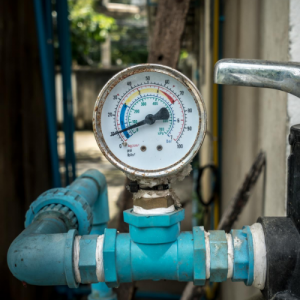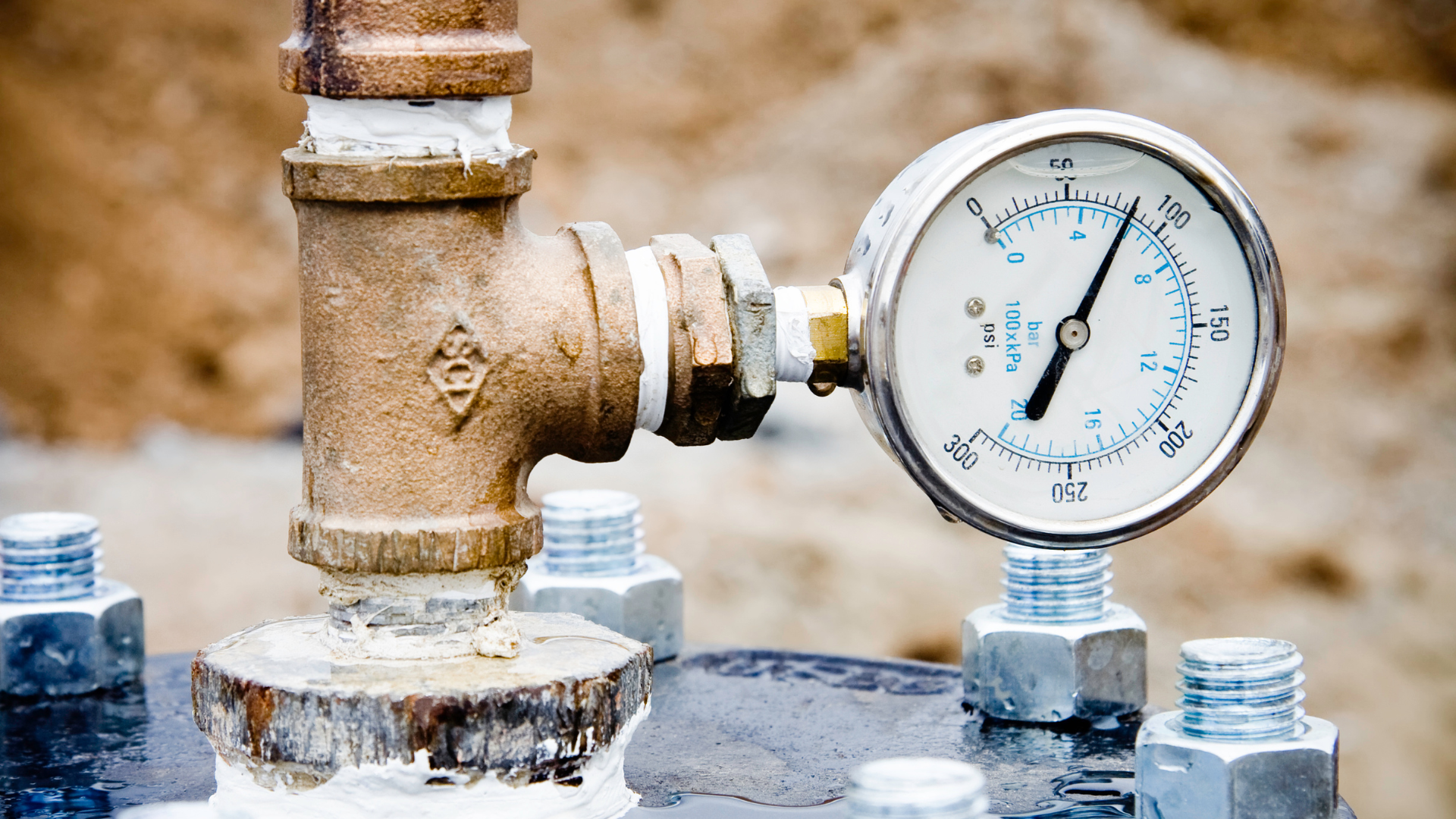Swift Solutions for Minimal Water Pressure in Your Home
Swift Solutions for Minimal Water Pressure in Your Home
Blog Article
This article on the next paragraphs pertaining to 10 Reasons for Low Water Pressure in Your House is especially remarkable. Try it and draw your own personal findings.

Low tide pressure in your house can be a discouraging problem, affecting every little thing from showering to washing dishes. If you're experiencing weak water circulation, there are a number of possible causes and remedies to discover. In this guide, we'll discuss common reasons for low water stress and functional actions to attend to the issue properly.
Intro to Low Water Stress
Low tide pressure takes place when the circulation of water from your faucets, showers, and various other components is weaker than usual. This can make day-to-day jobs extra challenging and much less efficient. Recognizing the root causes of low tide pressure is essential to locating the ideal solution.
Usual Root Causes Of Low Tide Stress
Faulty Stress Regulators
Stress regulatory authorities are accountable for preserving constant water stress in your home. If they malfunction, it can lead to low water pressure or unequal flow throughout your home.
Local Supply Of Water Issues
Sometimes, the issue lies outside your home. Community water concerns, such as main line leaks or maintenance work, can briefly minimize water pressure in your area.
Pipe Obstructions
Gradually, pipelines can become clogged with natural resource, sediment, or debris, restricting the circulation of water. This is a typical issue in older homes with galvanized steel pipes.
Deterioration
Rust within pipes can result in leaks and minimized water pressure. Corrosion build-up can constrict water circulation, particularly in maturing plumbing systems.
Exactly How to Detect Low Tide Pressure
Examining Pipelines
Check noticeable pipes for indicators of leakages, deterioration, or clogs. Focus on any type of uncommon audios, such as banging or rattling pipes, which can indicate concerns within the plumbing system.
Consulting with a Plumber
If you're unable to determine the source of low water stress, take into consideration working with an expert plumber to carry out a detailed assessment. They can determine underlying problems and advise proper options.
Inspecting Taps and Fixtures
Start by examining the water stress at different taps and components throughout your home. If the problem is isolated to certain areas, it might show local troubles.
DIY Solutions to Repair Low Water Stress
Flushing Hot Water Heater
Debris accumulation in the water heater can restrict circulation and minimize efficiency. Purging the container regularly helps eliminate debris and maintain optimal efficiency.
Inspecting Stress Regulator
Guarantee that the stress regulatory authority is operating correctly. Readjusting or changing the regulator can assist bring back appropriate water pressure throughout your home.
Cleansing Aerators and Showerheads
Mineral deposits can accumulate in aerators and showerheads, lowering water flow. Remove and cleanse these components regularly to improve water pressure.
Clearing Up Clogs in Pipeline
For minor blockages, try using a plumbing snake or chemical drainpipe cleaner to clear obstructions in pipelines. Beware when making use of chemicals and follow safety and security guidelines.
When to Call an Expert Plumber
If do it yourself efforts stop working to resolve the problem or if you suspect substantial plumbing problems, it's best to seek assistance from an accredited plumber. They have the know-how and tools to address complicated problems securely and efficiently.
Safety Nets to Keep Water Pressure
Setting Up a Pressure Booster
Consider installing a stress booster pump to enhance water stress in areas with regularly reduced circulation. This can be specifically useful for multi-story homes or residential properties with high-demand fixtures.
Tracking Water Use
Bear in mind water usage routines and stay clear of overtaxing the plumbing system. Easy changes, such as staggering showers and washing loads, can help keep adequate water stress.
Regular Maintenance
Schedule routine maintenance for your plumbing system to stop problems such as rust, leakages, and clogs. Addressing minor troubles early can aid prevent more substantial repairs later on.
Final thought
Dealing with low tide pressure can be aggravating, yet recognizing the underlying reasons and executing appropriate services can recover ideal circulation throughout your home. Whether it's cleaning up aerators, examining pipelines, or seeking advice from a plumber, taking positive actions can ensure a constant supply of water for your day-to-day needs.
FOUR WAYS TO FIX LOW WATER PRESSURE NOW
Turning on a shower or faucet only to find the water comes out in a sad, slow drizzle is never a good feeling. How exactly are you supposed to wash a pan or take a quick shower when it takes 10 minutes just to rinse off a little soap? The good news is that when your water pressure is bad, there's always a cause: typically one that can be easily fixed. Here are some of the most common causes of low pressure and what you can do to fix the issue:
DEBRIS AND MINERAL DEPOSIT BUILDUPS
If you notice low water pressure from just one or two of the fixtures in your house, the problem likely has to do with debris buildup. Water is full of minerals and other debris, all of which can accumulate in your pipes and on your fixtures. This can cause a blockage that affects how much water flows through. To fix this, try filling a small plastic bag with white vinegar, and use a rubber band to hang it around your showerhead or faucet. Let the head of the fixture soak for a few hours, and the vinegar should loosen the deposits.
WATER LEAKS
Leaks are another common cause of low water pressure. If water is flowing out of your plumbing through a hole or crack before it can reach your fixture, the pressure coming out of the faucet or showerhead will be lower. A plumbing professional is your best bet for finding and repairing a leak in your water supply pipes.
Leaks are another common cause of low water pressure. If water is flowing out of your plumbing through a hole or crack before it can reach your fixture, the pressure coming out of the faucet or showerhead will be lower. A plumbing professional is your best bet for finding and repairing a leak in your water supply pipes.
A VALVE ISSUE
If you have low water pressure throughout your home, check your main shut-off valve to make sure it's completely open. You may also want to see if there's a pressure-reducing valve installed. If there is, have a plumber help you adjust the settings to get the pressure you're looking for.
OTHERS USING WATER
Believe it or not, your low water pressure could be caused by your neighbors. If you notice low pressure at certain times of day, it may be because you and the people living next to you have similar schedules - when everyone is showering at the same time, the pressure will be lower in every home. Low pressure throughout the neighborhood may also be caused by an issue with your municipal water supply. If that's the case, call the supplier to see if they're working on the issue.
https://www.rotorooter.com/blog/water-leaking/low-water-pressure-fixes/

I was made aware of that report about through a friend on another web address. Those who appreciated our blog posting if you please do not forget to pass it around. Many thanks for going through it.
Schedule Report this page